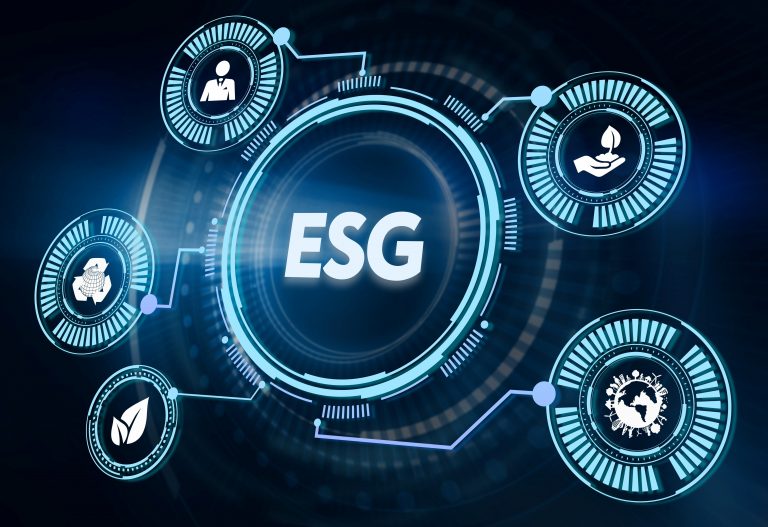ESG, Environment, Social, Governance reporting seems like a good thing! Using operational risk software and being associated with ESG practices has a positive effect on the brand, which helps organisations to sell more products and services. Meta-analysis of over 1,000 studies published between 2015 and 2020 conducted by NYU Stern and Rockefeller Asset Management found a strong correlation between ESG performance and financial performance. https://www.stern.nyu.edu/experience-stern/faculty-research/new-meta-analysis-nyu-stern-center-sustainable-business-and-rockefeller-asset-management-finds-esg
If enhanced financial performance, both operationally and for investment portfolios, were not a powerful enough driver in itself, adopting strong ESG practices yields many other associated benefits too.
The meta-analysis shows that improved financial performance due to ESG increases over the longer time frame, and it provides downside protection, especially during a social or economic crisis. It also indicates that sustainability initiatives drive better financial performance due to facts such as improved risk management and a focus on innovation. A crucial finding was that ESG disclosure on its own did not generate better financial performance – it was embedding an ESG culture within the organisation that really made the difference.
So how does a company go about building an ESG culture?
There are the obvious starting points of strategy, policies and frameworks, but what really makes the difference is identifying the ‘material topics’. These are the ESG topics that matter most to stakeholders, both within the organisation and externally. Stakeholders include employees, management, board members, investors, customers, partners, suppliers, distributors, communities, and regulators. In short, material topics are the ones that get people fired up.
To develop an enduring ESG culture, there must be processes in place to identify, assess and monitor material topics to ensure the correct topics are prioritised and managed. Other topics will need to be monitored because, over time, topics that matter to stakeholders may well change and evolve, and therefore new topics can become material. This process needs to be matched with producing outcomes in line with the corporate ESG appetite.
Identifying, Assessing and Monitoring Material Topics
Discovering material topics necessarily requires a policy of looking at a wide variety of topics. One current trend is to focus on climate change, and yet this is just one part of the ‘environment’ section of ESG. It is important that organisations have equal focus on all three elements of ESG in order to achieve both the financial benefits, and to build and maintain a strong ESG culture.
Identifying the impact on the firm and on stakeholders of each topic will help to determine if the topic is material. And having decided that a topic is indeed material, a second assessment must be made of the threats to each material topic both in terms of the impact and of the likelihood.
The complex nature of monitoring material topics, the sheer number of stakeholders involved, with varying degrees of interest, the differing levels of impact and likelihood, as well as the fact that many are outside of the direct control of the organisation, means that a purpose-built system is required. Spreadsheets and emails simply can’t cope, and their use will result, at best, in a lack of any robust form of audit trail and at worst, complete chaos with a failure to manage ESG threats which could result in severe reputational damage, and the associated financial losses.
Our next ESG webinar, which takes place on Wednesday 27 July, at 9am BST, gives practical guidance on how to go about identifying the material topics that matter most to your stakeholders, and the systems required to manage them successfully.







